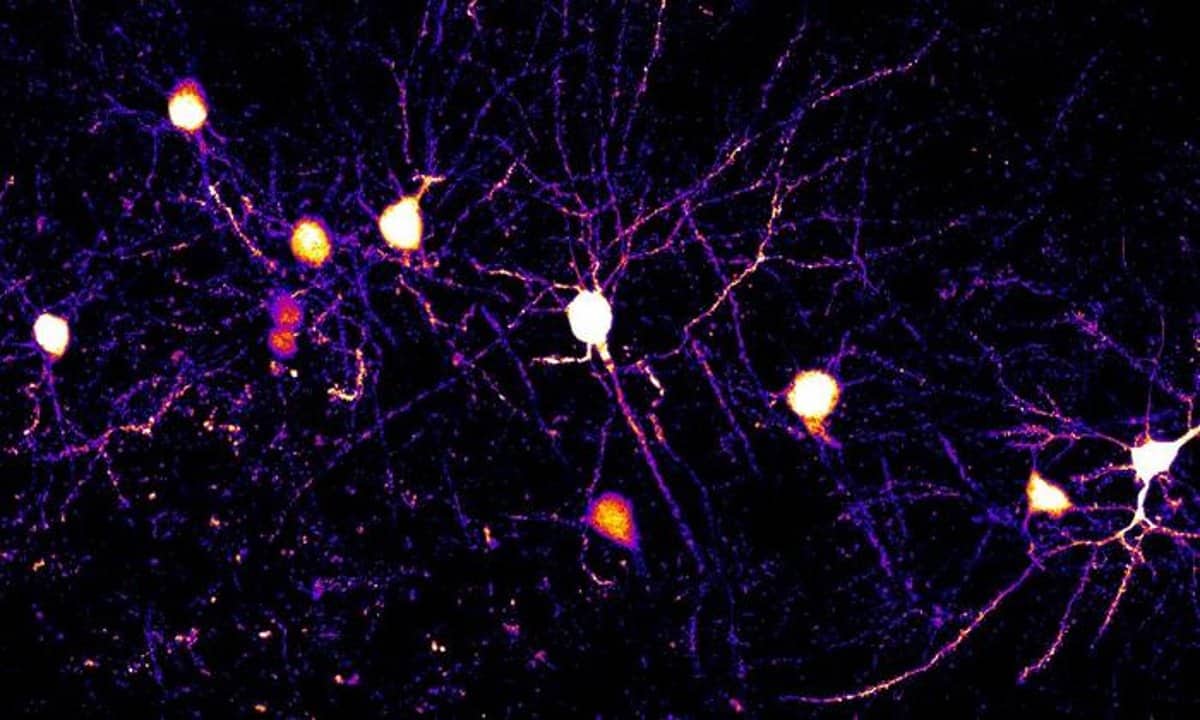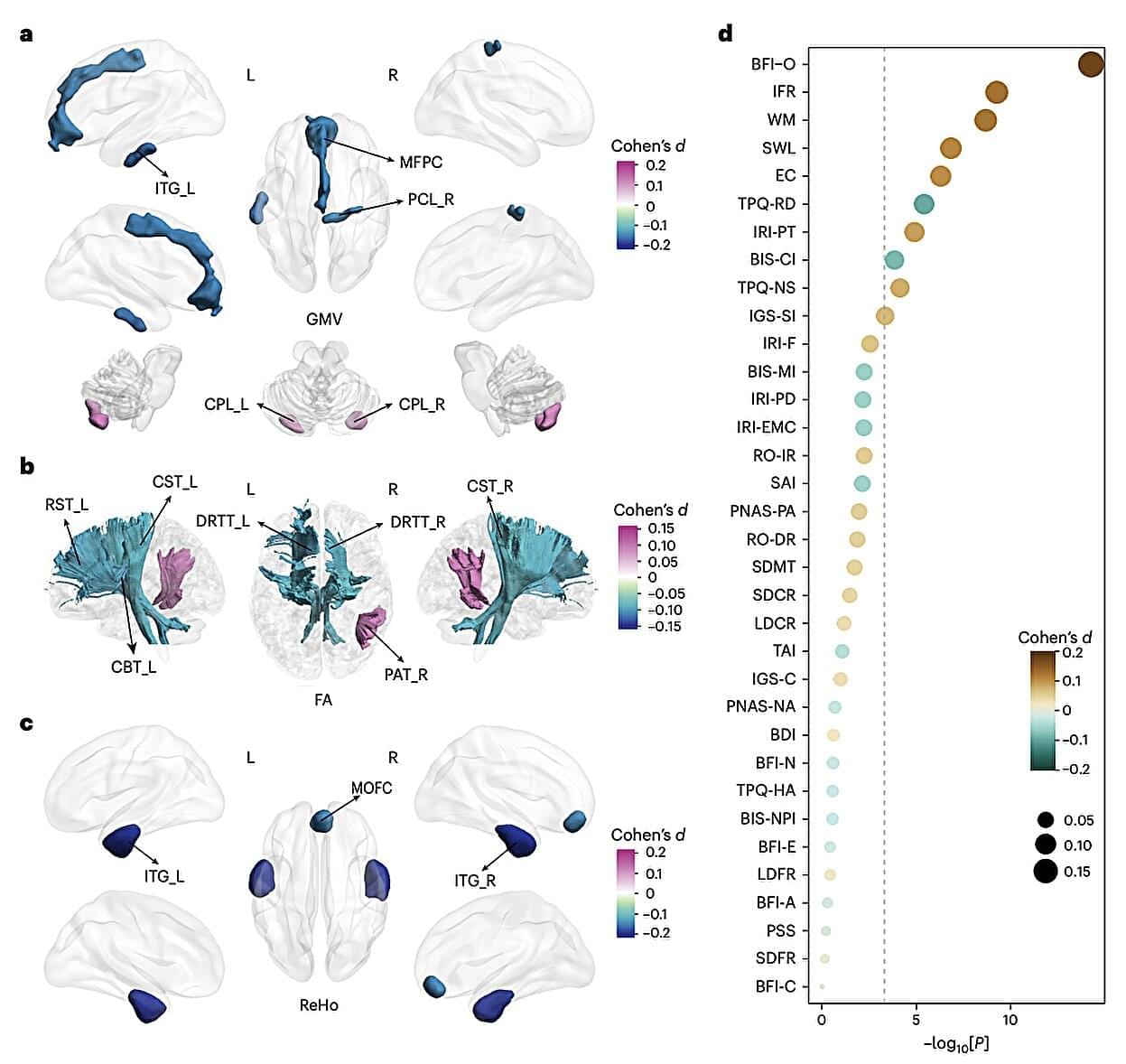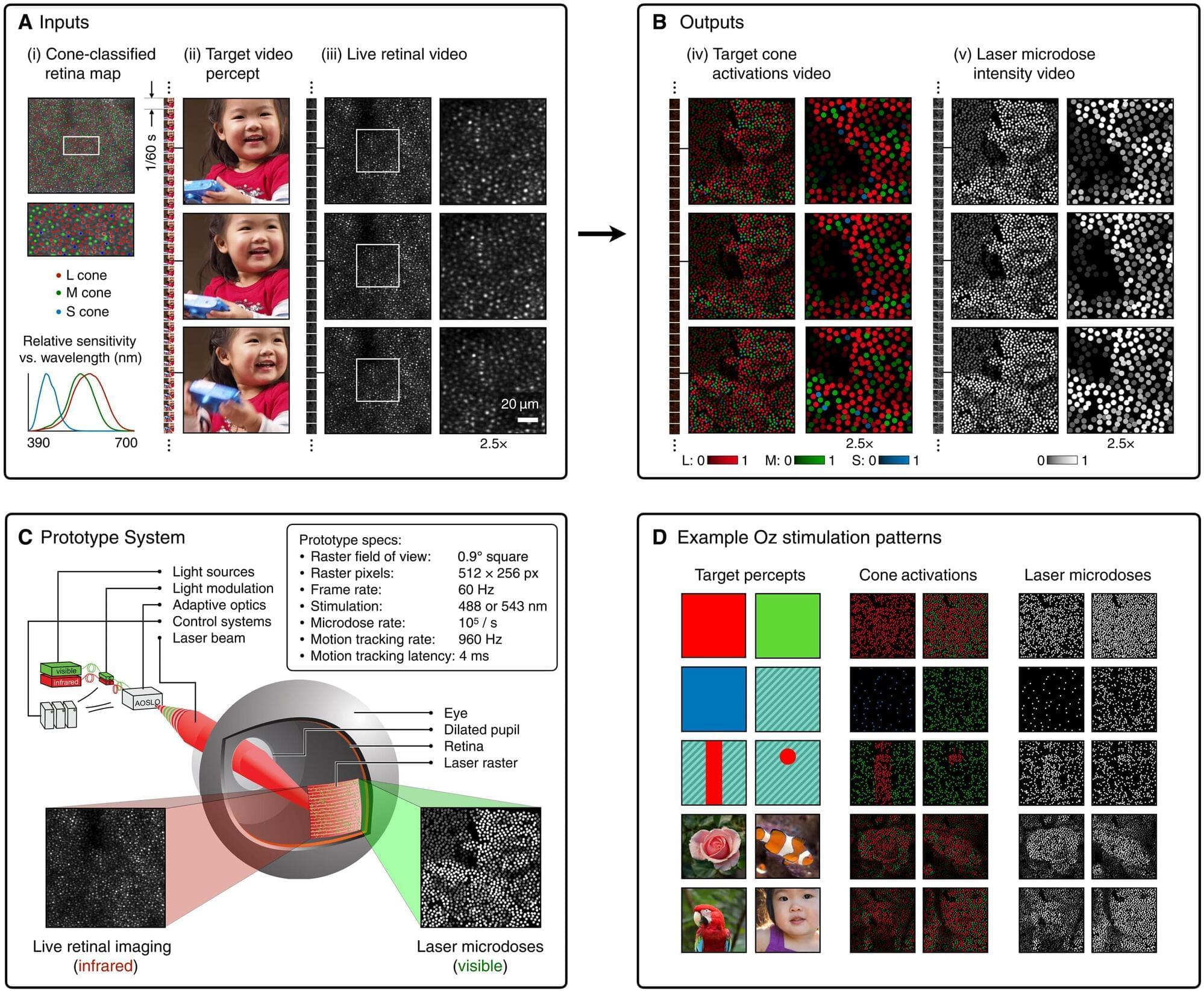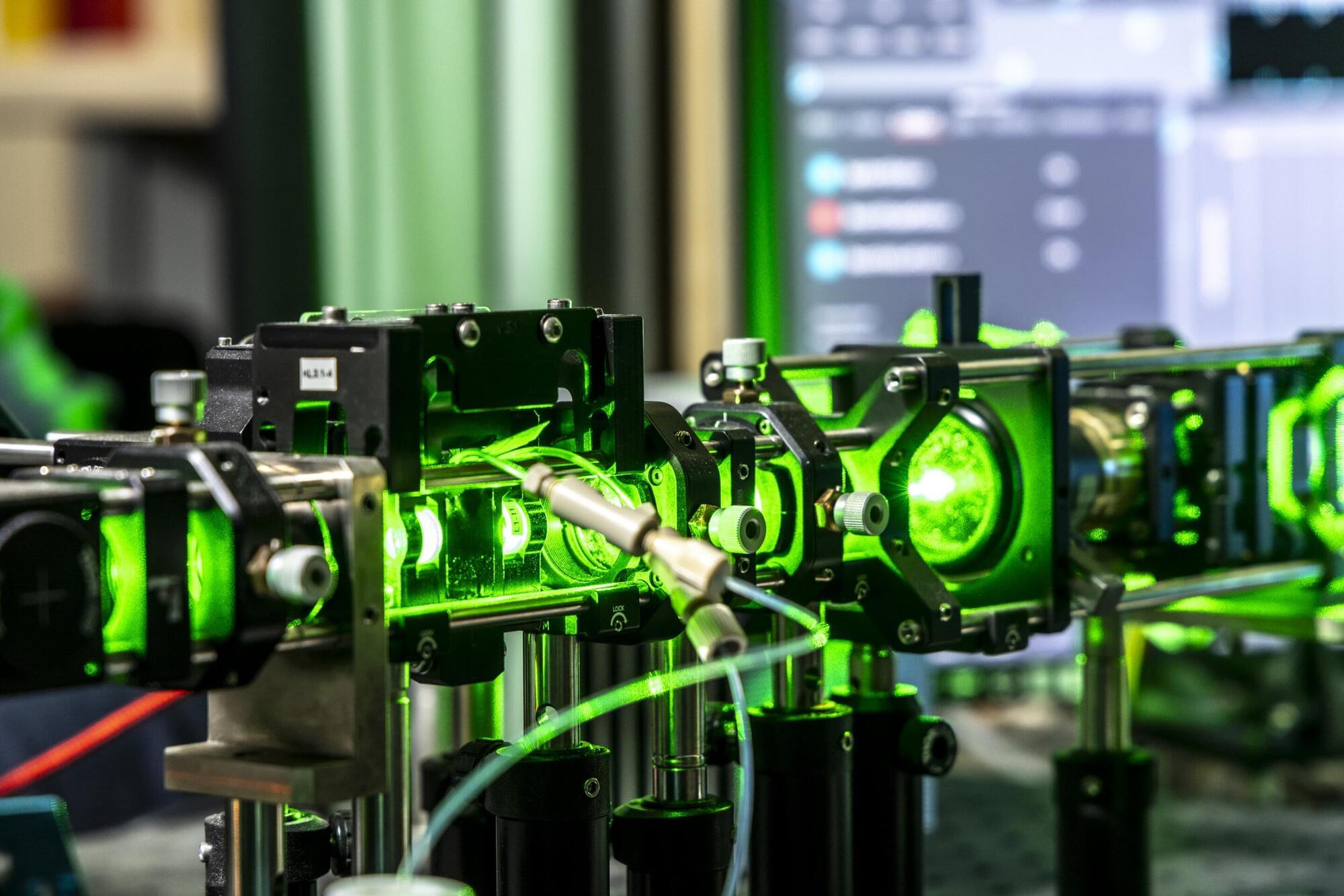New research reveals that individual neurons follow multiple learning rules simultaneously, challenging the long-held belief that synaptic plasticity operates uniformly throughout the brain.
Statistics suggest that the size of families in many countries is shrinking and a growing number of parents worldwide either willingly or unwillingly end up only having one child. While many psychology studies have explored the differences between individuals who have siblings and those who don’t, the effects of not having any brothers or sisters on people’s brains and behavior are not yet fully understood.
Past research has yielded varying and sometimes contradictory results, which sometimes hinted at negative effects of being an only child and other times highlighted its positive implications. In addition, these negative and positive effects were found to be inconsistent across studies, with some studies suggesting that only children tend to do better at school, are more pro-social and less problematic, while others showed the opposite.
Researchers at Tianjin Medical University General Hospital and other institutes in China recently carried out a study aimed at better understanding how being an only child affects people’s brain and behavior during adulthood. Their findings, published in Nature Human Behaviour, highlight specific patterns in the brain’s development and activity, as well as behavioral tendencies, that are commonly observed in adults who grew up without siblings.
Carolyn Schutt Ibsen uses ultrasound to improve tumor targeting and tissue engineering from bioink to 3D models.
A team of engineers, computer scientists and ophthalmologists at the University of California, Berkeley, working with a pair of colleagues at the University of Washington, has developed a technique for stimulating the retina that allows people to see a color not normally seen by humans.
In their study published in the journal Science Advances, the group identified certain photoreceptors in volunteers and then stimulated them to allow those volunteers to see the unique color, which the team has named “olo.”
The human eye has two types of photoreceptors, rods and cones. Rods are used mostly to see in dark conditions. Cones are further divided into long, medium and short cones (L, M and S) depending on which wavelength of light they process most efficiently. Prior research has shown that there is some overlap in light processing between the cones, and the researchers wondered what would happen if light were only processed by one type, such as M.
The agricultural production of food comes with substantial greenhouse gas emissions and impacts on the environment. Dietary fats, a staple of human diet, might be produced chemosynthetically with a fraction of the detrimental effects on the environment.
There is no “outside.” No other system. The universe is not on a computer. It is the computer. It is the thing performing the computation. It doesn’t need anyone watching it. It doesn’t need a server farm or a control panel. It simply is what it is: a system that processes information according to its own rules.
In other words, when we talk about the universe as a quantum computer, we’re not saying it’s pretending to be real. We’re saying this is what real is.
1:19 Reality as Code.
8:35 What Is a Quantum Computer, Anyway?
13:37 Evidence and Models That Support the Quantum Universe Idea.
20:04 What Would It Mean If the Universe Is a Quantum Computer?
26:14 Could We Simulate the Universe from Within It?
32:37 The Dark Implications.
39:53 Is This the Best Description We’ll Ever Get?
At Google DeepMind, researchers are chasing what’s called artificial general intelligence: a silicon intellect as versatile as a human’s, but with superhuman speed and knowledge.
Microplastics and much smaller nanoplastics enter the human body in various ways, for example through food or the air we breathe. A large proportion is excreted, but a certain amount remains in organs, blood, and other body fluids.
In the FFG bridge project Nano-VISION, which was launched two years ago together with the start-up BRAVE Analytics, a team led by Harald Fitzek from the Institute of Electron Microscopy and Nanoanalysis at Graz University of Technology (TU Graz) and an ophthalmologist from Graz addressed the question of whether nanoplastics also play a role in ophthalmology.
The project partners have now been able to develop a method for detecting and quantifying nanoplastics in transparent body fluids and determining their chemical composition. The research is published in the journal Analytical Chemistry.
Resumen del artículo: La preocupación por el aparente aumento de los problemas de salud mental en adolescentes y jóvenes se ha intensificado considerablemente en los últimos años, siendo común en l…









